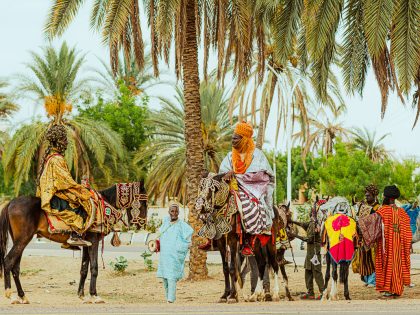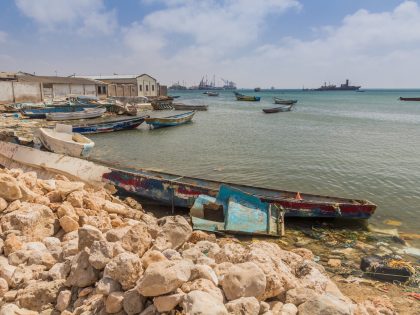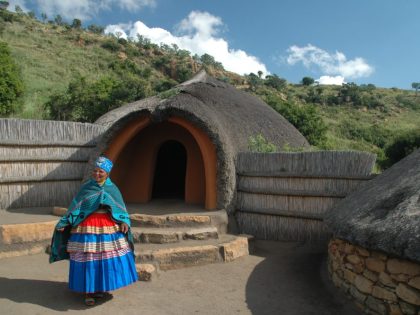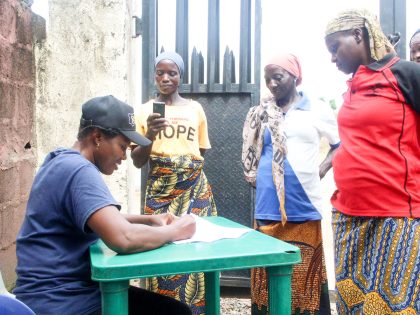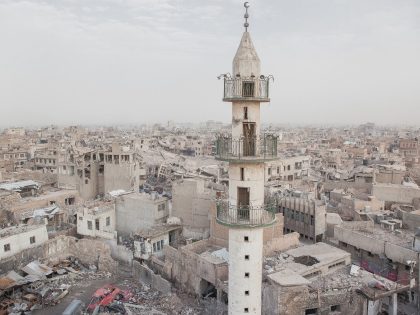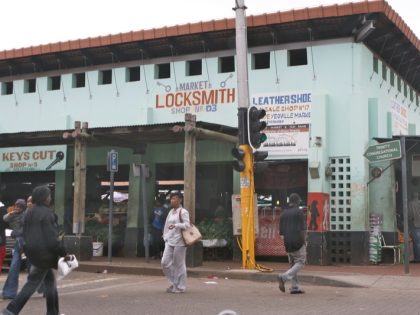The lessons from Zimbabwe’s land reform for its neighbors
At this early stage, there is little to suggest that South Africa will follow the same path as Zimbabwe.

Harveste maize in Zimbabwe. Image by United Church.
There is a curious relationship between land, politics and elections in southern Africa. There is little doubt land, and land reform, continue to be emotive issues; this is unsurprising considering the intertwined legacies of dispossession, colonial rule, migrant labour, and white minority privilege in the region. However, for the casual observer it may seem that for post-liberation ruling parties, land reform mostly seems something best forgotten, only to be trotted out opportunistically every election cycle.
In South Africa, the removal of President Jacob Zuma (2009-2018) ahead of a 2019 general election triggered the land issue once more. In some ways, the ruling African National Congress’s willingness to discuss land reform may have to do with the challenge it faces for votes from the opposition Economic Freedom Fighters (EFF). At the end of February 2018, the EFF tabled a motion to amend the constitutional provision on land reform to allow for compulsory expropriation (i.e. without compensation). ANC MP’s then agreed to launch a review of the constitution.
The start of the process to change the country’s constitution and land has surprised many, considering the business-friendly aura of the country’s new president, Cyril Ramaphosa. Yet the term “compulsory acquisition” alone has set alarm bells ringing in some quarters that South Africa is about to embark on a land reform program to rival the one initiated by Robert Mugabe in Zimbabwe.
AfriForum, a nearly 200,000-member-strong Afrikaner rights group which has emerged as the leading anti-land reform organization, recently embarked on a trip to the United States to highlight the issue of compulsory acquisition and white farming woes. Its aim was to conflate the taking of the land to an imagined agenda of white genocide. This is an issue which was present in Zimbabwe during the early 2000s, when fears of genocide and ethnic cleansing were touted by local and international media outlets.
Much of the scholarship of Zimbabwe’s land reform since 2000 has been deeply divided. On the one hand, many critics paint it as chaotic, disastrous and bloody, while claiming the social and economic plights the country has suffered subsequently, as symptomatic. On the other hand, many supporters of the reforms have tried to show the successes, the gains by small-scale farmers and the changes in people’s lives as a result of getting land.
At this early stage, there is little to suggest that South Africa will follow the same path as Zimbabwe. And, despite the largely negative press over the years, recent reports have sought to highlight some of the more positive aspects of Zimbabwe’s land reform and agricultural growth. It has been reported that 2.2 million tonnes of maize was produced in Zimbabwe in 2017, the largest crop in more than two decades. This bump in the harvest has been ascribed to the success of “command agriculture,” a program initiated the 2016-2017 season. Under this scheme, targeted farmers who had access to water would agree to put a minimum of 200 hectares of land under maize and commit 5 tonnes per hectare into repaying loans and input costs. In return, the farmers would receive advances and subsidised inputs to the tune of US$250,000 each. A private company, Sakunda Holdings, was awarded the tender to fund and manage this program.
The apparent gains made in maize production due to command agriculture saw the government of Zimbabwe expand the program to include tobacco, wheat, soya beans, livestock, fisheries and wildlife production earlier this year.
However, many commentators have raised concerns with funding and reportage of command agriculture. Firstly, while the estimated figures put the maize yield at over 2 million tonnes in 2017, it is hard to get officially verified figures. And these estimates seem to have become accepted as writ, even appearing on the United States Department of Agriculture data sets. Secondly, despite these apparent gains, the Zimbabwean government was still importing maize at the end of 2017, in contravention of their own ban on the importation of maize made in June 2017. Furthermore, this season’s production (2017/18) is only projected at 750,000 tonnes, in part due to poor and inconsistent rains. But the poor projections of this season, and the low figures for the 2015-2016 season (only 520 tonnes) raise concerns of the accuracy of the 2016-2017 season figures. Thirdly, the subsidy model of command agriculture is highly problematic. Under the scheme, famers were to be paid $390 per ton, more than double the price in regional markets (there is a story here too on the dual economy and “US dollar rates” and “Zimbabwean dollar rates”).
The IMF and World Bank have warned Zimbabwe that command agriculture is negatively impacting domestic debt, which is growing rapidly. This has significant implications for many other sectors of the economy. Furthermore, there are concerns of abuses of the system, whereby farmers abuse the input and subsidy loans, lack of transparency in the system and Sakunda’s ties to the ruling elite and its ability to manage this program. Crucially for the veracity of the production figures, there are a number of issues here too. Millers complained that they could not afford maize at $390 per ton. So, government agreed to sell them maize at $242.40 per ton, a loss of 147.50 per ton. Reports of millers getting their allocation of maize, driving it straight to a Grain Marketing Board depot and reselling to the state are not surprising.
As agricultural ecologist Ian Scoones has observed, subsidies are always political. Throughout Zimbabwe’s history farmers have received various forms of price-support and subsidy. During the liberation war, the minority government sought to keep white farmers on the land, as a buffer to guerrilla infiltration. Similarly, the ruling party has initiated command agriculture to keep farmers on the land. This is particularly pertinent now with the change in leadership and a credible election to manage later this year. The long-term costs of this move are unclear, as are the recent production figures.
With elections at the end of July 2018, the Zimbabwean government is at pains to ensure its continued support in farming areas, which has resulted in the formation of an expensive, hard-to-police and problematic subsidy program to ensure that support remains intact. Countries in the region, like South Africa, embarking on land reform would do well to ensure similar mistakes are avoided, and focus on making agriculture work, rather than creating a new class of landowners intricately tied to the State who hold power over both the production of food and the rural votes.







